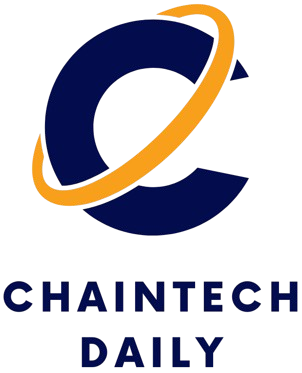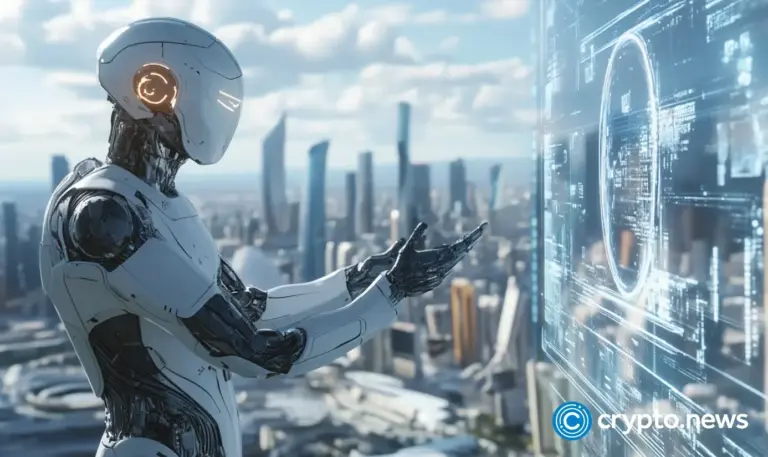Disclosure: The views and opinions expressed here belong solely to the author and do not represent the views and opinions of crypto.news’ editorial.
The creator economy has seen explosive growth over the past decade, yet many content creators, writers, educators, and artists face a fundamental dilemma: monetization and content distribution often favor centralized platforms, which impose rigid rules, fees, and algorithms that limit creators’ autonomy and earnings.
While web3 solutions promise greater freedom, they have thus far often had poor user experiences and required creators to navigate complex onboarding processes and applications. However, blockchain-based autonomous agents are emerging as a new alternative for creators, seamlessly handling tasks, sparking new creative possibilities, and finally putting creators back in control of their work and income.
Creator assistants
Autonomous agents simplify content distribution and monetization by automating tasks such as pricing, licensing, and revenue sharing, freeing creators to focus on their craft. For instance, these agents can optimize pricing strategies based on market demand or manage revenue splits transparently. Unlike traditional AI tools, decentralized agents can operate trustlessly onchain, ensuring transparency, reducing costs, and eliminating third-party intermediaries.
By leveraging programmable rules and onchain verification, autonomous agents also allow creators to explore new revenue streams—such as micro-licensing or fractional ownership of digital assets—giving them control over their intellectual property while tapping into innovative monetization models. Ethical concerns, such as licensing and copyright issues, can be addressed through programmable licensing rights embedded in content metadata.
Art curator agents
In the digital art space, autonomous agents are already changing how content is curated, traded, and displayed. These agents can autonomously acquire and curate digital content based on predefined rules through onchain verification. By operating on a decentralized infrastructure, art curator agents reduce risks such as fraud or manipulation commonly associated with centralized platforms.
Programmable licensing embedded in the metadata of digital art ensures all transactions respect the creator’s terms. This eliminates ambiguities around copyright and guarantees fair compensation for creators, even as their work circulates across different platforms.
Intelligent creative tools
Developers are integrating autonomous agents into creative applications, offering creators powerful tools to enhance their work. These agents can act as co-creators or intelligent managers to generate, refine, and manage content in new ways. For example, an agent embedded in a video editing platform might suggest edits based on audience engagement data or generate metadata to improve discoverability.
The use of trustless, onchain computation means that creators are not reliant on centralized APIs or platforms, which could compromise their data or artistic vision. Unlike many current AI agents that depend on centralized APIs like OpenAI, these decentralized agents operate sustainably and transparently, avoiding vulnerabilities tied to centralized control.
Where to start for creators
For creators just starting to explore decentralized platforms, it is crucial to confirm that the platform they use provides reliable and sustainable storage for their data. Many traditional NFTs store the artwork and metadata separately, which can create issues if the centralized storage provider discontinues service or stops paying for the storage costs. That’s a recipe for future headaches.
Decentralized platforms like Bazar take a different approach, bundling everything together—your work, its rights, and ownership—in one permanent transaction on Arweave, called an atomic asset. Think of it like a self-contained digital artwork that carries its own rule book, no matter where it travels online. This is especially important as AI increasingly interacts with creative work, making the ability to embed programmable licensing rights essential. To that end, Bazar is experimenting with a data licensing framework called the Universal Data License that empowers artists to encode clear usage rules directly into their creations.
When art includes these clear rules about how it can be used, autonomous agents can act like digital rights managers, making sure terms are followed everywhere the work appears. These rules provide transparency for users and AI agents alike, ensuring consistent adherence to terms of use. It’s like having a tireless advocate ensuring creators maintain control over how their work is used, securing credit and compensation even as their art evolves and takes on new life across the digital landscape.
The future of autonomous agents
Over the next decade, autonomous agents will play an increasingly important role in the creator economy. By decentralizing content monetization and distribution, these agents reduce reliance on traditional platforms, providing creators with more tools and resources to maintain control over their work while streamlining business operations. They will also help identify new monetization strategies, intelligently manage distribution, and handle data-driven financial decisions.
Autonomous agents offer an opportunity for creators to regain control over their work and innovate in ways that would be previously constrained by centralized systems. As these tools evolve, they will help build a creator economy that prioritizes transparency, empowerment, and sustainable growth for all.



